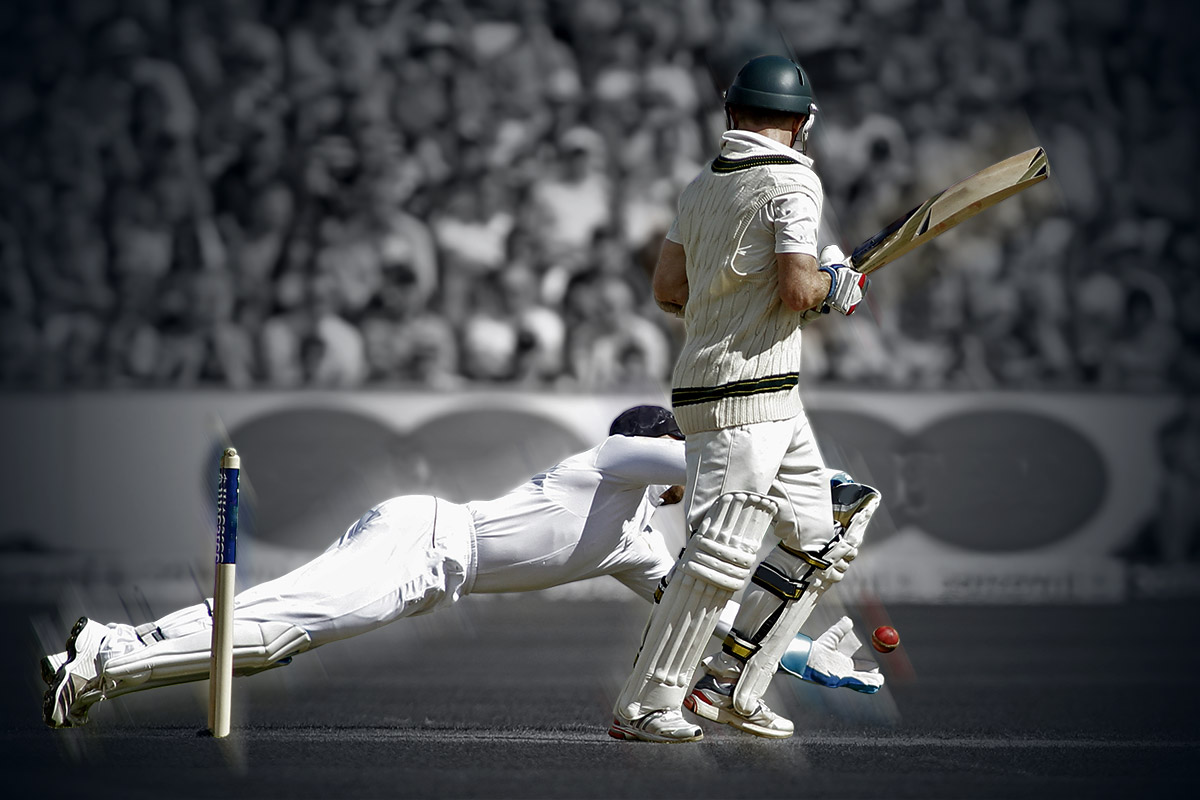3 minsJanuary 14th, 2019
Indian cricket captain Virat Kohli and coach Ravi Shastri have hailed India’s recent win in the Test series as bigger than the World Cup victory. The reason is understandable; after all, this was the first time ever that India defeated Australia
in Australia in a Test series.
Though bad weather robbed India of a win at Sydney, that the decisive victory was achieved at the iconic Melbourne Cricket Ground (MCG) was also special. Called ‘The G' by cricket fans, the MCG is the birthplace of Test cricket, having hosted
the first ever Test match between Australia and England in 1877.
India has won three Test matches at ‘The G’ out of the 13 it has played at the venue so far. And all three wins have made history. Strangely, all of them have also been centered on sterling performances by one batsman and one bowler.

The victory at ‘The G’ came in 1977. It was the first time ever that India had won a Test match in Australia. That win was a result of Sunil Gavaskar’s 118 in India’s second innings and leg spinner Bhagwat Chandrasekar’s
match winning haul of 12 wickets for 104 runs.
The 1981 Test was the third and last played in that series and the win allowed India to level the series 1-1, the first time an Indian team returned from Australia without losing a Test series. It is also famous for moments of high drama and heroic
performances.
India batted first and though Gundappa Viswanath scored a sparkling 114 runs, rest of the Indian batting, however, struggled, and India were all out for 237. Powered by an Alan Border century and half centuries by captain Greg Chappell and Doug
Walters, Australia took a first innings lead of 187 runs.
India’s second innings saw a solid opening partnership of 165 runs between skipper Sunil Gavaskar and Chetan Chauhan when the drama unfolded. Gavaskar, by his own high standards, had been struggling in the series. Now, however, he seemed
set for his customary century till he got a terrible decision. He was adjudged leg before wicket to a delivery from Dennis Lillee even though there was a clear inside edge off the bat on to the pad. The team had faced a rash of bad decisions
in the series and this was the last straw on the proverbial camel’s back. In an act which he publicly regretted later, the Little Master walked out, urging his opening partner Chauhan to accompany him, threatening to forfeit the match.
Indian team manager Wing Commander Shahid Durrani rushed on to the field to calm the skipper and ensured that the match continued.
The rest of the Indian batting couldn’t capitalise on the opening partnership and the hosts were set a meagre target of 143 runs to win the match. The total looked even smaller as Kapil had pulled a hamstring and Dilip Doshi, Indian's spin
mainstay, was playing with a fractured toe. The Indian bowlers however had a different narrative in mind.
In the last hour of the fourth day’s play, Karsan Ghavri picked up two wickets, including that of Aussie skipper Greg Chappell (bowled for a first ball duck) and Dilip Doshi bagged one. Australia ended the day with 24 runs on the board,
having lost three wickets.
The stage was now set for one of Indian cricket’s most heroic acts. On the final day, with his thigh strapped up, Kapil Dev blasted the Aussies, picking up five wickets for a mere 28 runs. Australia was all out for 83 and India had won the
Test match by 59 runs. This remarkable win also levelled the series 1-1, the first time an Indian team had returned from Australia without losing a Test series.
Virat Kohli’s boys, of course, have done one better. Powered by Cheteshwar Pujara’s century and Jasprit Bumrah’s 9 wickets for 86 runs, not only did India win the Test match, but was the key to winning the Test series, the first
ever such win down under.
For all those cricket fans visiting Australia to support our Men in Blue, make your travel easier! Apply for an Axis Bank Forex Card.
Hemant Kenkre is former captain of Cricket Club of India. Among those he led during this stint was a young Sachin Tendulkar
Disclaimer: This article has been authored by PersonalFN, a Mumbai based Financial Planning and Mutual Fund research firm known for offering unbiased and honest opinion on investing. Axis bank doesn't influence any views of the author in any way. Axis Bank & PersonalFN shall not be responsible for any direct / indirect loss or liability incurred by the reader for taking any financial decisions based on the contents and information. Please consult your financial advisor before making any financial decision.











